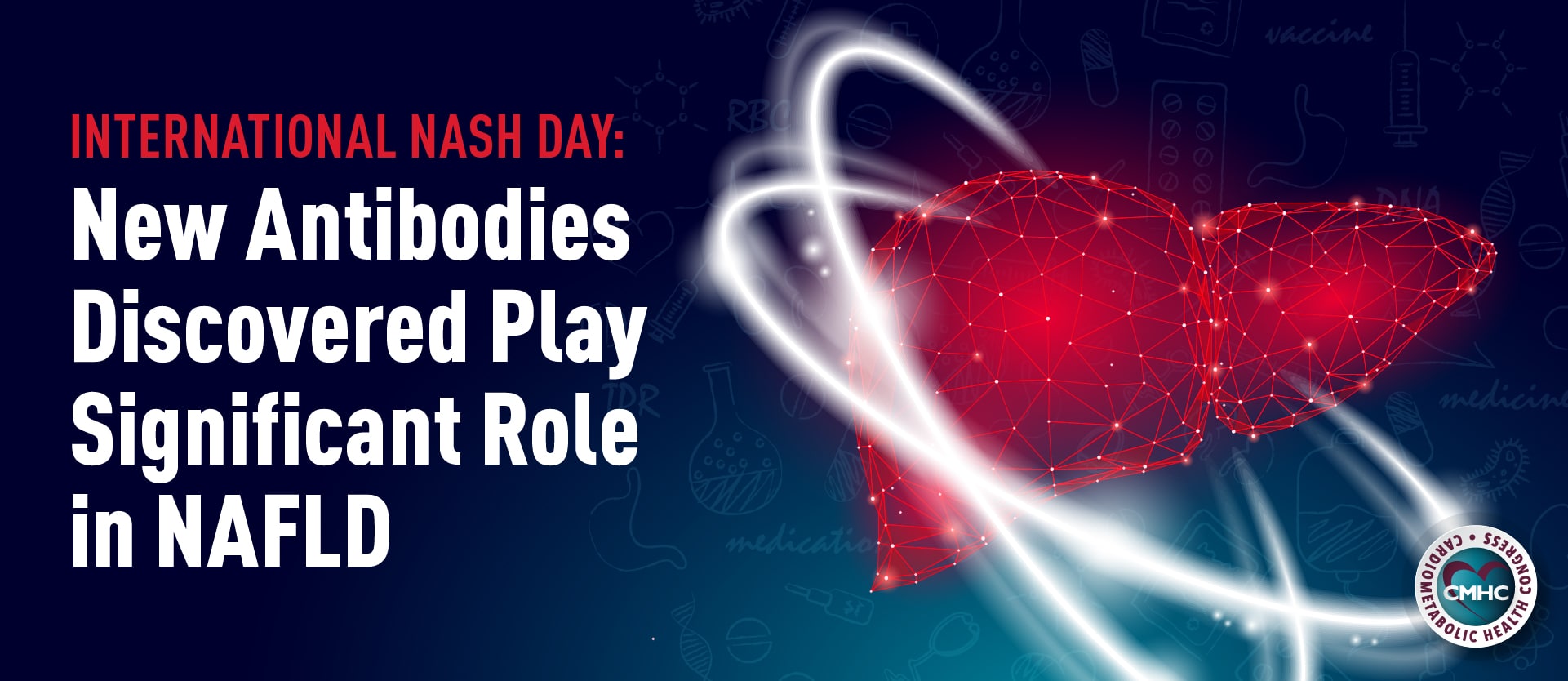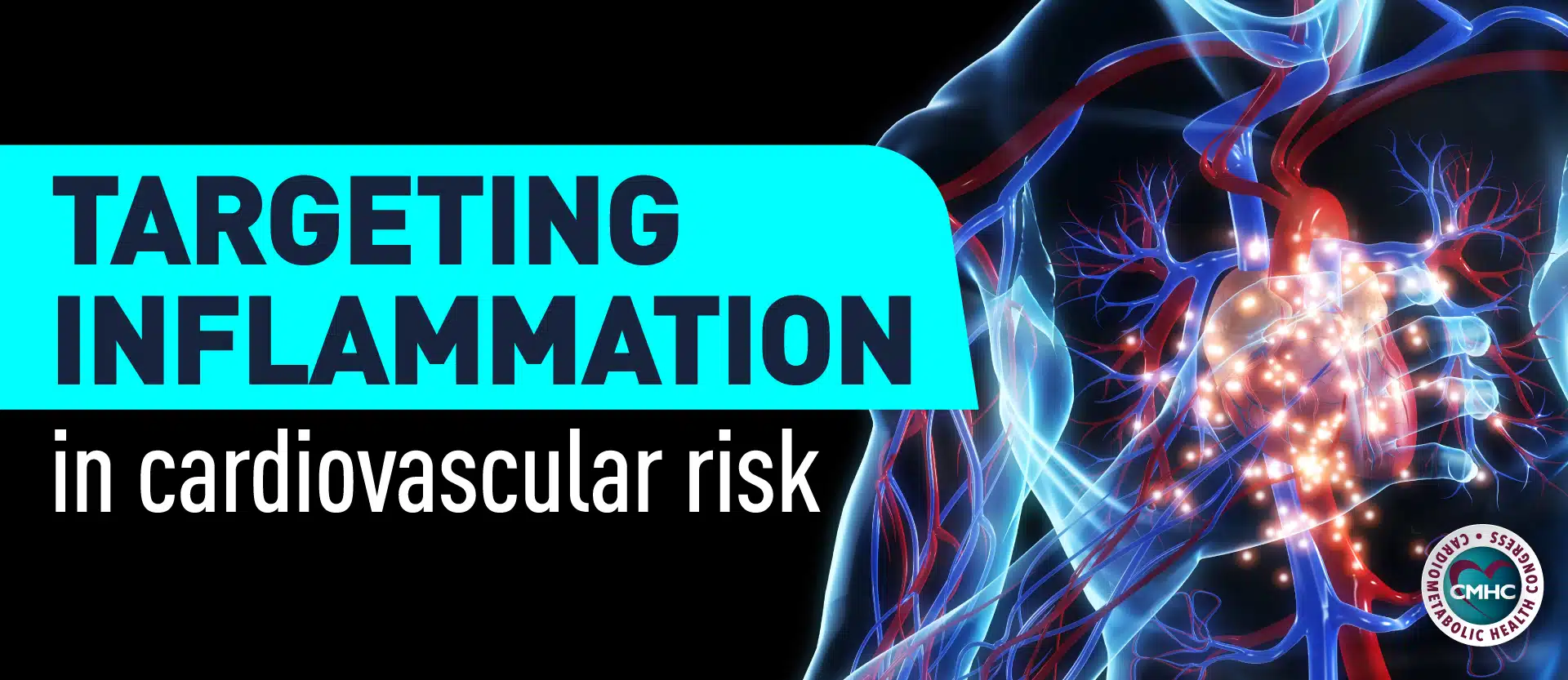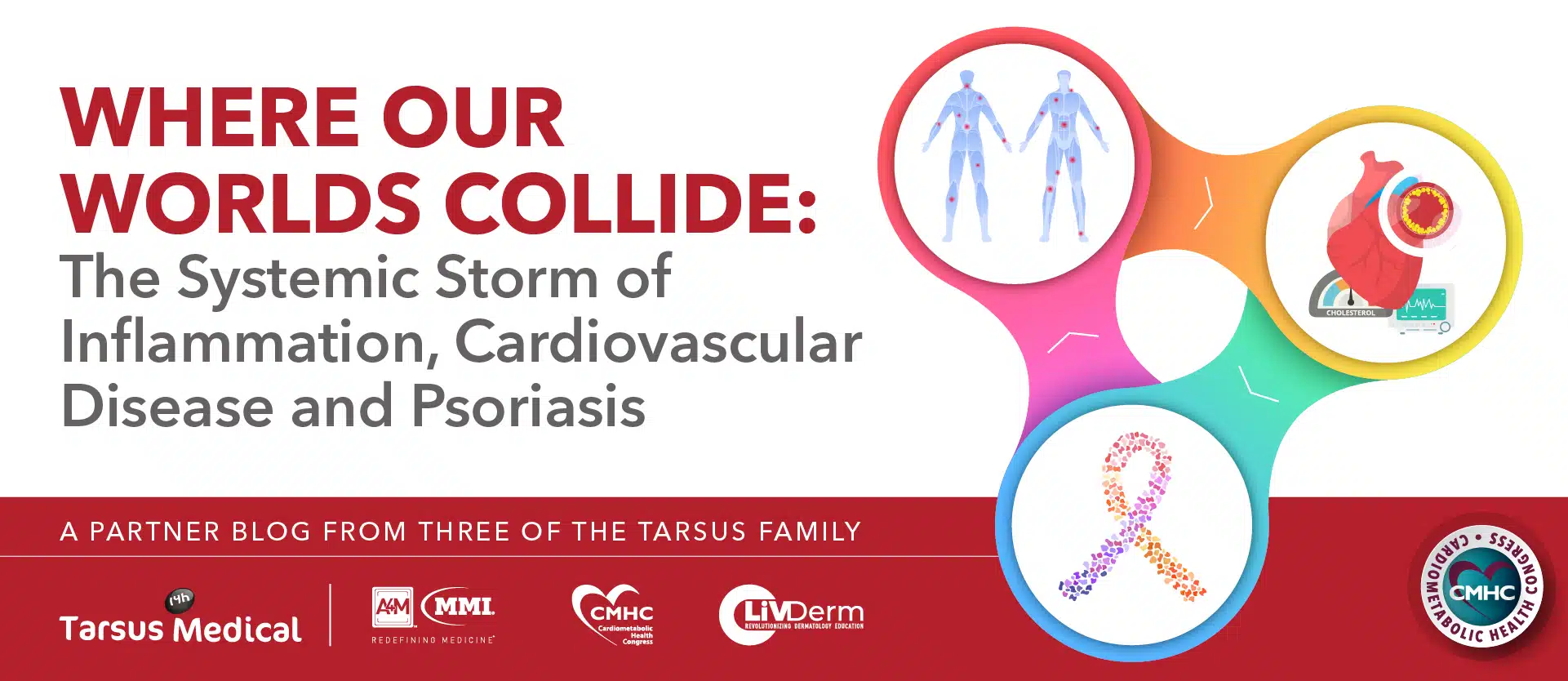June 10th, 2021 celebrates International NASH Day which is part of an ongoing effort supported by CMHC partner, the Global Liver Institute to spread awareness of nonalcoholic steatohepatitis (NASH), the advanced form of nonalcoholic fatty liver disease (NAFLD), as well as actions to address the condition. Currently, the global burden of NAFLD is estimated at a worldwide prevalence of 11%, representing nearly 900 million cases, and has demonstrated a 33% increase over the course of the past 30 years.
Although many patients may experience buildup of fat in the liver without symptoms or health repercussions, in some cases excess fat contributes to inflammation and damage to liver cells even causing cirrhosis. Without appropriate treatment or management, such cases can lead to the development of NAFLD and consequently, to nonalcoholic steatohepatitis. As this condition is an advanced form of disease, it is increasingly important to pinpoint intervention targets and develop effective treatment methods to halt its progression.
In an effort to do so, emerging research has identified the potential role of antiapolipoprotein A-1 (ApoA-1) antibodies, commonly found in patients with NAFLD, which may drive the development of fatty liver disease as well as the underlying link between NAFLD and cardiovascular disease.
Analyzing The Role of Anti-ApoA-a Antibodies
A recent clinical analysis presented at a European Atherosclerosis Society event examined the anti-ApoA-1 antibodies found in patients with NAFLD and analyzed their impact on hepatic cells as well as inflammatory markers. As part of their trial, Sabrina Pagano, PhD, and her colleagues gathered serum samples from 137 patients with confirmed NAFLD to determine the presence of these antibodies and their effect on hepatic cells. The participant cohort had an average age of 49 years, 48.9% of males, and a median body mass index of 31.8 kg/m2.
First, the researchers treated hepatic cells with either anti-ApoA-1 IgG antibodies or control IgG antibodies, or leaving them untreated for 24 hours. Then, the study’s authors immunized apolipoprotein E knockout mice with anti-ApoA-1 or control IgG antibodies, examined the expression of the transcription factor sterol regulatory element binding protein (SREBP), and analyzed the regulation of triglyceride and cholesterol pathways.
Adverse Effects on Liver Health
Out of the 137 participants, nearly 50% were seropositive for the antibodies which were associated with increased lipid accumulation in the liver, altered triglyceride metabolism, as well as pro-inflammatory effects on liver cells. The expression of two key enzymes in the triglyceride pathway, fatty acid synthetase, and glycerol phosphate acyltransferase, was substantially decreased as a result of the antibodies. Researchers also noted a significant increase in liver lipid content in mice who were treated with anti-ApoA-1 antibodies as compared with those treated with control antibodies. Furthermore, anti-ApoA-1 antibodies were associated with a significant rise in the active form of SREBP as well as increases in inflammatory markers in patient liver cells.
“We hypothesize that anti-ApoA-1 IgG may be a potential driver in the development of NAFLD, and further studies are needed to support anti-ApoA-1 IgG as a possible link between NAFLD and cardiovascular disease,” Pagano told Medscape.”
The latest findings suggest a potential treatment target for nonalcoholic fatty liver disease conditions with researchers already working on developing a peptide to reverse the adverse effects of anti-ApoA-1 although, the project remains in its nascent stages. Experts find these results encouraging – especially the pro-inflammatory effects of anti-ApoA-1 antibodies – however, they believe that further research is necessary to validate these findings and to differentiate between antibody levels in NASH and NAFLD patients. As such, the clinical utility of anti-ApoA-1 antibody levels is currently limited, however, all targets for effective early diagnosis and treatment are incredibly important due to the high prevalence of nonalcoholic fatty liver disease conditions in the global population.

















